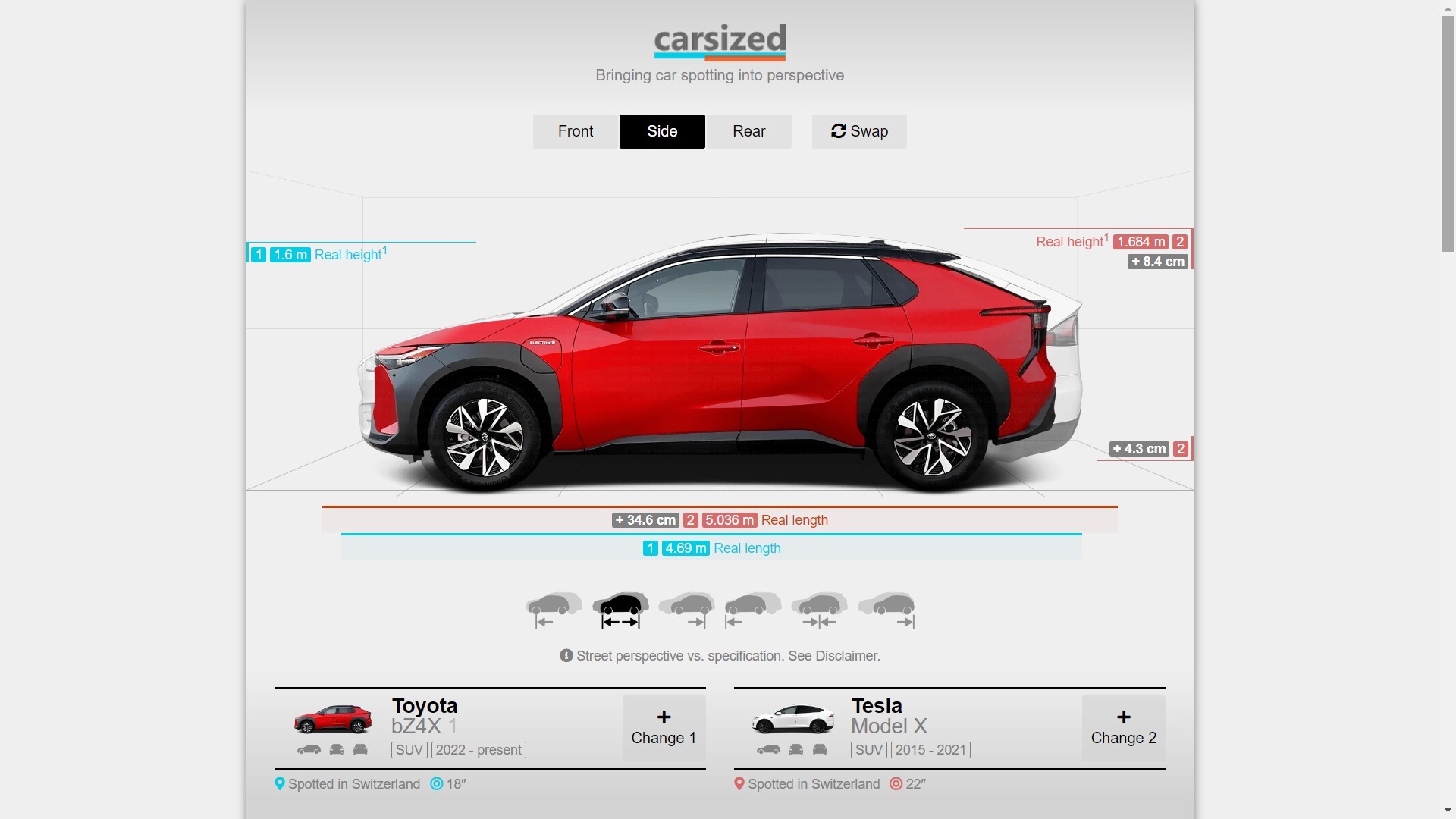- Why Car Compare Matters
- What to Look For
- How to Compare Cars Step-by-Step
- Finding the Right Match for Your Needs
- Making the Final Choice
- FAQ Section
Looking for the right car can feel overwhelming with so many choices available. A detailed car comparison can simplify your decision and help you find the ideal vehicle for your needs, whether that’s a family SUV, a fuel-efficient hybrid, or a sleek electric vehicle. This guide will walk you through everything you need to consider when comparing cars, making the process easy and stress-free.
Why Car Compare Matters
Choosing the right car is a significant decision that impacts your life and wallet. By comparing vehicles side by side, you can:
Avoid unnecessary financial strain by sticking to a budget.
Ensure the car fits your lifestyle, whether you’re driving kids to school, exploring off-road terrains, or commuting to work.
Consider the long-term benefits, such as fuel efficiency, resale value, and maintenance costs.
A well-thought-out car comparison will not only save you money but also bring peace of mind, knowing you’ve made the best choice for your driving needs.
What to Look For
When comparing cars, focus on these core areas to make an informed decision:
Your Needs: Think about your daily routine and expectations. Do you need a compact car for urban driving or an SUV for family road trips? Consider elements like seating capacity, cargo space, and road compatibility.
Budget: Don't just consider the sticker price. Factor in extra costs such as loan payments, fuel or electricity, insurance premiums, and regular maintenance expenses. A cheaper car isn’t always cheaper in the long run.
Comfort and Drive Quality: How does the car feel? Is it easy to handle, comfortable during long drives, and quiet on the road?
Key Features: Make a list of features you cannot live without, such as safety systems, advanced driving aids, entertainment options, or luxury upgrades.
Resale Value: Over time, some cars lose value faster than others. Research which models traditionally hold their worth better in case you plan to sell or trade in the future.
How to Compare Cars Step-by-Step
Here’s a straightforward method to ensure your car comparison process is effective and thorough:
Step 1:Know Your Budget
Be realistic about your financial situation. Set a maximum up-front purchase cost and estimate monthly costs.
Factor in taxes, registration fees, fuel, insurance, and annual maintenance. Costs can vary depending on the car’s type, engine, and energy source.
Step 2:Prioritize Your Needs
Create two lists:“Must-Have Features” (e.g., ABS brakes, seating for 5) and “Nice-to-Have Features” (e.g., sunroof, premium audio system).
Use car comparison tools to research models that specifically meet these needs.
Step 3:Research Models
Explore reliable websites with detailed car data, like manufacturer sites or independent comparison platforms.
Read reviews written by owners and experts to get an idea of each car’s pros and cons.
Review technical specs such as fuel efficiency (e.g., mpg ratings) and warranty terms to find the best value.
Step 4:Side-by-Side Comparison
Use online tools to compare models directly. Most platforms let you line up vehicles to show differences in areas like price, technology, and safety rankings.
Create a table summarizing the key points for quick reference:
Feature | Model X | Model Y |
|---|---|---|
Price Range | AED/SAR XX,XXX | AED/SAR XX,XXX |
Fuel Type | Gasoline | Hybrid |
Seating Capacity | 5 | 7 |
Safety Features | Advanced | Standard |
Step 5:Inspect and Test the Cars
Browse car dealerships to examine models in person. Pay close attention to build quality, interior design, and comfort features.
Always schedule a test drive. Take note of how the car handles traffic, turns, parking, and ride quality.
Finding the Right Match for Your Needs
Every driver is different, so finding the best vehicle depends on your unique lifestyle and priorities. Here are some tailored suggestions:
For First-Time Buyers:
Focus:Reliability, easy maintenance, and affordability.
Models:Small sedans, hatchbacks, or budget-friendly used cars.
For Families:
Focus:Spacious interiors, high safety ratings, and ample storage.
Models:Family SUVs, minivans, or crossovers.
For Budget-Conscious Buyers:
Focus:Low purchase price combined with low running costs.
Models:Small fuel-efficient cars, hybrids, or older electric vehicle models.
For Eco-Conscious Drivers:
Focus:Reduced emissions and operating on greener energy.
Models:Fully electric vehicles, plug-in hybrids, or eco-friendly gas hybrids.
Making the Final Choice
Deciding on the winning car requires careful consideration of the following:
Negotiate: Prices vary between dealerships. Compare offers and try to bring the cost down.
Review the Total Cost: Always ask for the final “out-the-door” price with taxes and fees included.
Take Your Time: Make sure you don't rush into the final decision. Refer back to your research to verify the deal is fair.
FAQ Section
Where can I find reliable car comparison tools?
You can find various trustworthy tools on dealership websites, independent car review sites, and car-buying apps. Most tools let you compare important details like pricing, features, fuel efficiency, and safety ratings side-by-side.
Is an electric car right for me?
Electric cars (EVs) work best for short daily commutes if you have easy charging access. However, hybrids are a good middle ground, combining lower emissions with longer driving ranges. Traditional fuel cars might still be suitable for areas with limited charging infrastructure.
Should I trust online car reviews?
Owner reviews provide real-world insights but may reflect personal experiences. Read multiple sources to identify consistent feedback and pair that with a test drive to form your own judgment.
Tags make it easy to find helpful car buying guides. Whether you’re new to car shopping or comparing vehicles, use this guide as your practical checklist to drive home happy.
Read More:
Renew Dubai Car Registration:2025 Step-by-Step Guide













